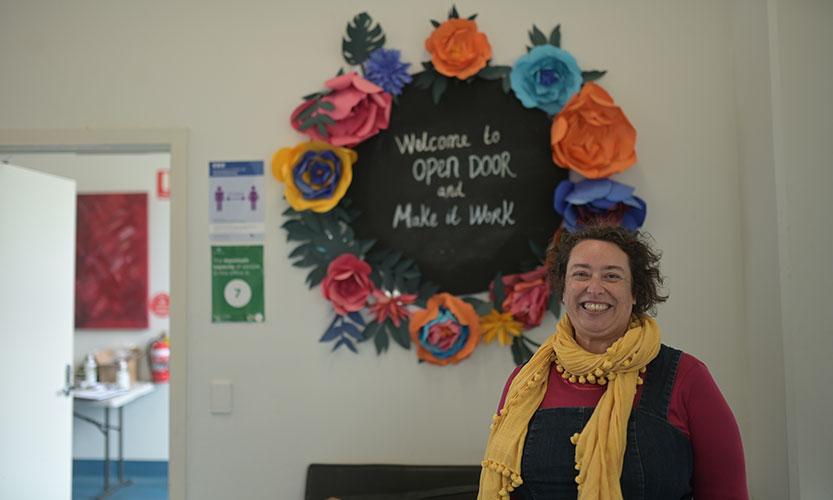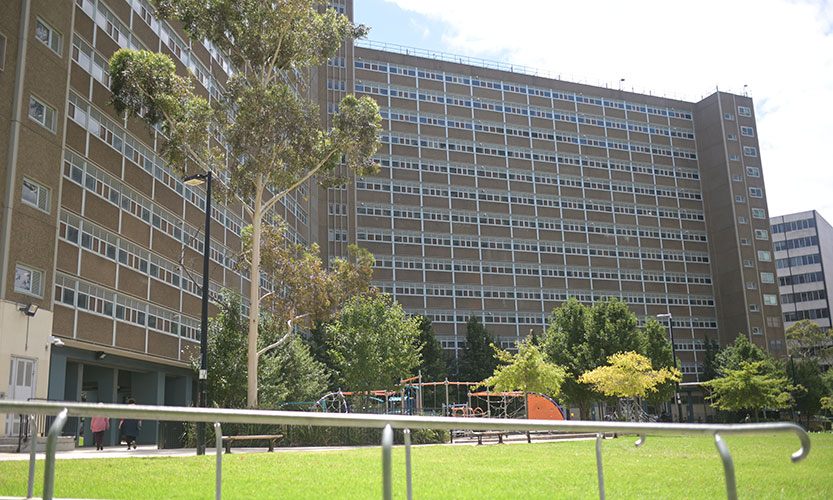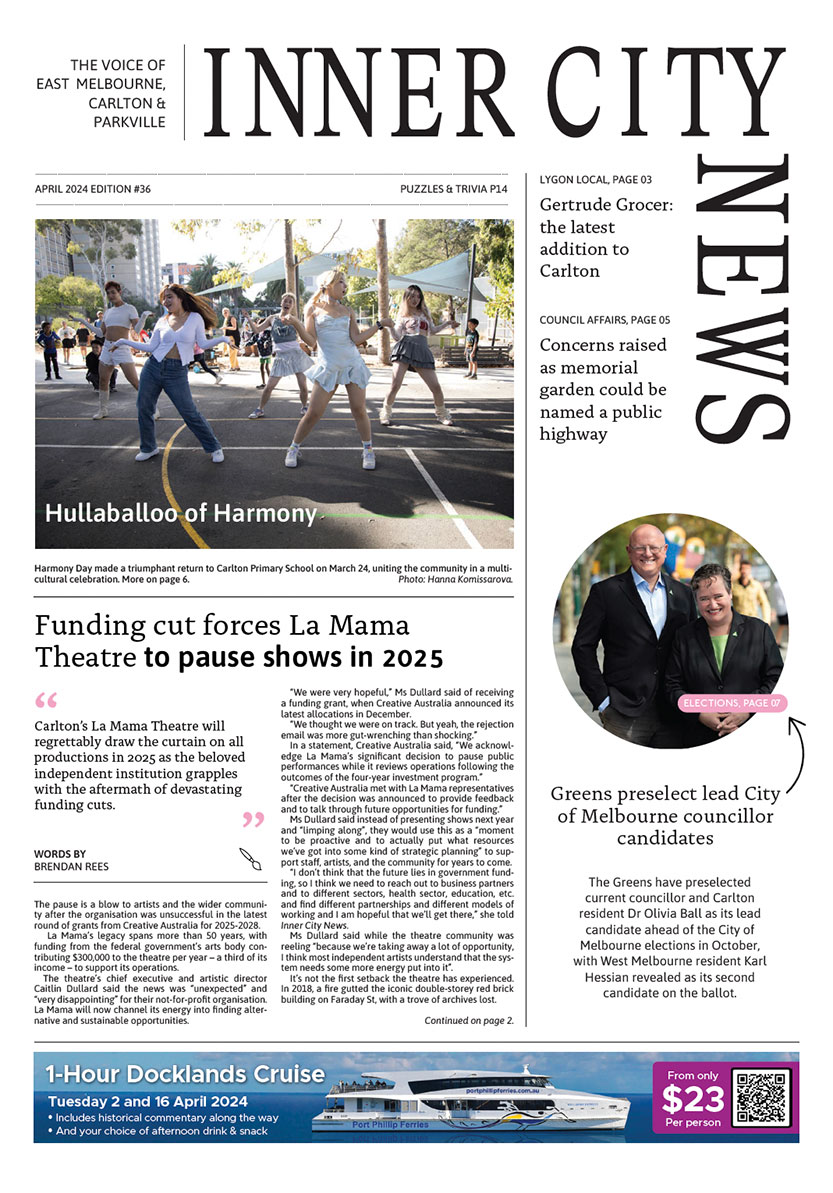Wi-Fi inequality at housing towers
For some, working from home during lockdown was a welcome break from the office and the grind of the daily commute.
But for those without secure access to the internet and a computer, staying at home was a luxury they couldn’t afford.
In the Carlton public housing towers, 32 per cent of households aren’t connected to the National Broadband Network (NBN) according to the NBN’s 2020 survey.
And with libraries and internet cafes closed for most of last year, many residents were left without secure access to the internet.
To combat the problem, the University of Melbourne is partnering with Carlton neighbourhood associations to research Wi-Fi inequality in the suburb.
Lead researcher professor Nicky Dulfer said lockdown highlighted how many residents were disadvantaged and isolated by a lack of internet access.
“Even though some residents had computers they didn’t have a reliable internet connection and many students were hot-spotting off their phones,” Dr Dulfer said.
“But actual reliable connection is missing for quite a lot of that community, so we want to find out how to better support them.”
The study, which is currently underway, will map how Wi-Fi access is distributed across Victoria and what demographics are most affected.
It will also involve surveying the community and employing a resident of the housing towers to find out what the limitations are on public digital access.
“If you live in Carlton for example we want to find out where you could access Wi-Fi for free and what the limitations are on that, such as download speed or site restrictions,” Dr Dulfer said.
“We also want to talk to the community and find out what help is available, and how much of this is about affordability, digital ability, or cultural nervousness.”
Currently, 2.5 million Australians are not connected in any way to the internet due to rural placement, lack of digital ability among older communities, and affordability.
During lockdown, many residents in the Carlton towers also experienced a lack of computer access.
“In some cases, there would be a family with five kids and only one laptop so that presents a problem for online school,” Dr Dulfer said.
During last year’s lockdown, the Carlton Neighbourhood Learning Centre partnered with the University of Melbourne to gift laptops to those without them.
“The university gifted their old hardware through recycling programs and ended up providing 110 laptops to the Carlton towers,” Dr Dulfer said.
After the new study is completed, the findings will be used by advocacy groups to help close the digital divide.
As one of the advocacy groups involved, Carlton Neighbourhood Learning Centre community development co-ordinator Elle Morrell said she wanted to provide practical solutions to the problem.
“Fast internet is an essential service that so many people can’t afford so we’re trying to work out how big the problem is and what we can do about it,” Ms Morrell said.
“There’s no concession card that decreases the prices either so we’re looking to provide a more affordable option.”
Dr Dulfer said that that the project was a significant step towards understanding digital inequality in Carlton.
“It’s really about hearing from the community, providing evidence of what’s going on and then advocating for their needs whether that be affordability or education,” Dr Dulfer said.
The study is likely to be completed in October •

Carlton language school championed by Ukrainian refugee




 Download the Latest Edition
Download the Latest Edition